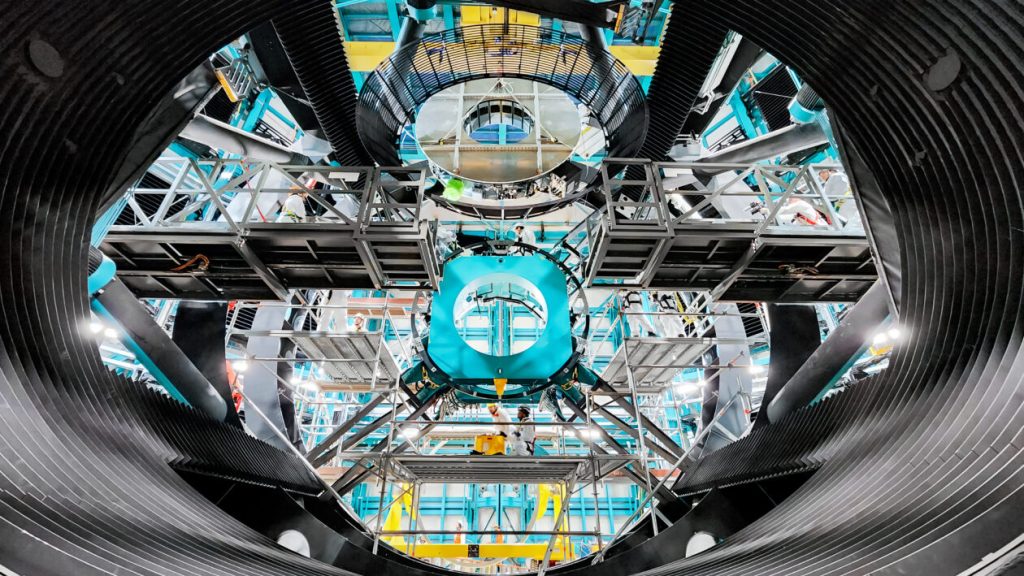Charles Simonyi’s legacy has now been immortalized with the naming of the Simonyi Survey Telescope at the Vera C. Rubin Observatory in Chile. While the telescope is not named solely after Charles Simonyi himself, it carries the family name in honor of his father, Simonyi Károly, a prominent physicist known for popularizing science. Charles Simonyi, a software architect at Microsoft, has had a significant impact on the computer-centric society by creating tools such as Word and Excel for Microsoft’s Office suite of applications. The Simonyi Survey Telescope promises to have a similarly transformative impact on astronomy by surveying the full sky every three nights and generating vast amounts of data.
The construction team at the Rubin Observatory, led by University of Washington astronomer Zeljko Ivezic, is working towards the telescope’s official debut in 2025. The University of Washington’s DiRAC Institute is heavily involved in developing tools to analyze the data generated by the telescope. Unlike telescopes like the Hubble Space Telescope, the Simonyi Survey Telescope has a wide-angle focus, allowing it to capture a broader view of the sky. This wide view will enable astronomers to study a range of phenomena, from dark matter and dark energy to transient events like supernovae and gamma-ray bursts.
The telescope’s capabilities are expected to lead to significant discoveries in the field of astronomy, including a better understanding of asteroids, comets, and interstellar objects. The Rubin Observatory could detect as many as 70 interstellar objects and 130 near-Earth objects, such as asteroids, every year. Charles Simonyi is particularly interested in the possibility of finding objects like Planet X, the hypothetical ninth planet in our solar system. Simonyi’s involvement in funding the telescope’s mirror, along with Bill Gates, has positioned him as the first angel investor for one of the world’s most powerful telescopes.
Simonyi reflects on the mysteries that the Rubin Observatory may help solve, such as dark matter and the origins of the universe. He discusses the telescope’s mirrors and the precise grinding process required to shape them. Visiting the telescope in Chile, Simonyi highlights the unique conditions of the national park reserved for astronomy, with minimal light pollution allowing for clear observations. Despite having already been to space twice, Simonyi is open to the possibility of another space trip in the future, citing the unique experiences of space travel and the beauty of observing Earth from above.


